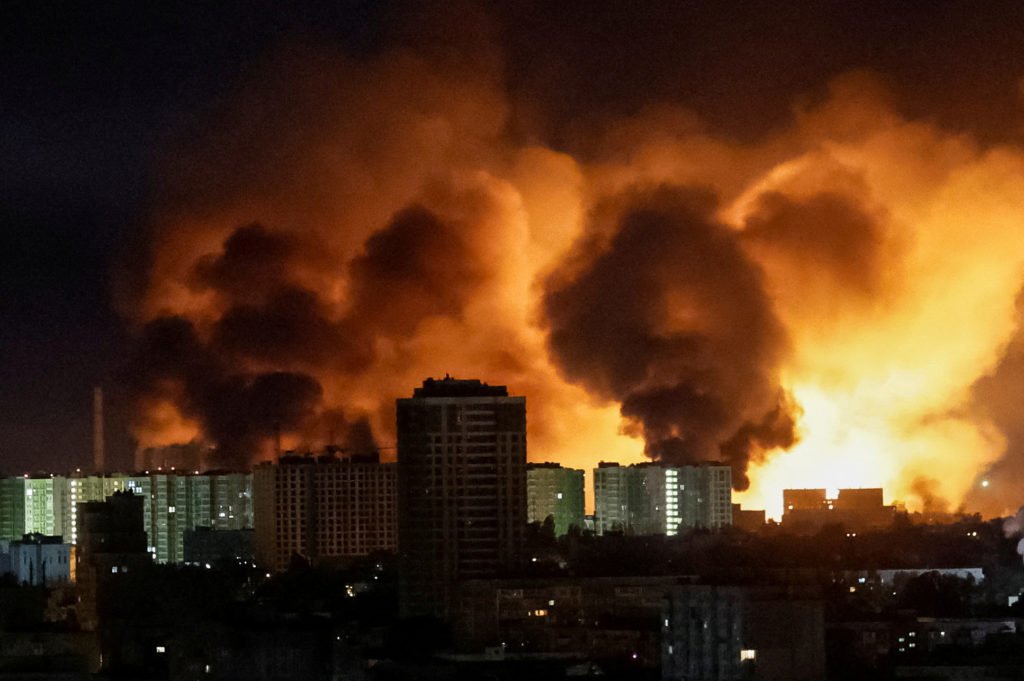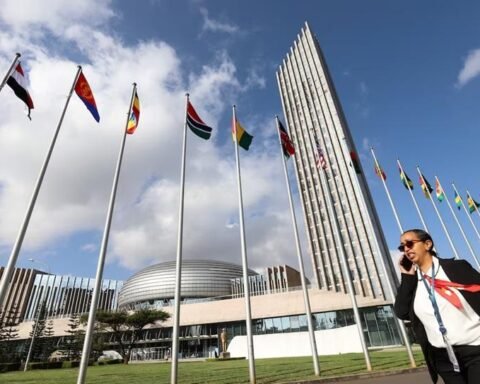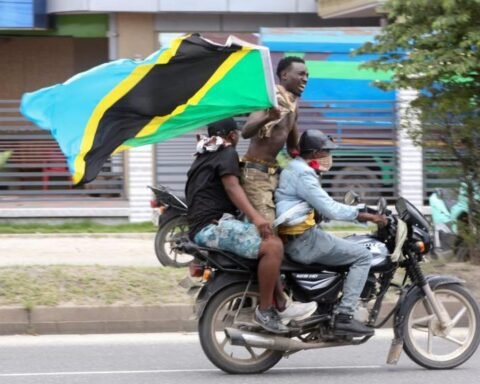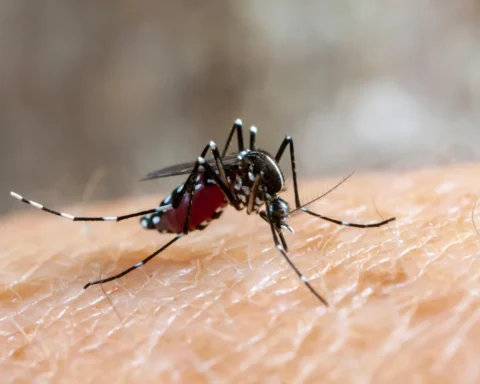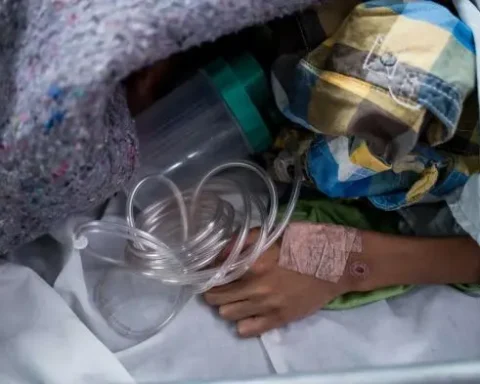Ukraine’s capital, Kyiv, experienced a relentless air attack that lasted more than eight hours. Russian forces launched a massive barrage of 539 unmanned aerial vehicles (drones) and 11 missiles, targeting critical infrastructure and residential areas.
Ukrainian authorities confirmed that at least 23 civilians were injured during the strikes. Multiple buildings and vehicles were set ablaze, while several neighborhoods in the city suffered extensive destruction, disrupting public services and daily life.
This attack is among the largest recent offensives against Kyiv amid the ongoing Russian invasion of Ukraine, which began in February 2022. The assault has forced many residents to seek shelter in underground bunkers and reinforced safe spaces, igniting widespread fear and uncertainty.
The combined use of drones and ballistic missiles highlights Russia’s evolving military strategy aimed at overwhelming Ukraine’s air defense systems. These attacks test the resilience of Ukraine’s defense capabilities and place immense pressure on emergency responders.
Firefighters, paramedics, and rescue teams continue their tireless efforts to extinguish fires, provide urgent medical care, and restore critical infrastructure, including power and water supplies.
The human cost of these attacks remains high, with injuries and displacement affecting vulnerable populations. Human rights groups have strongly condemned the strikes, urging all parties to respect international humanitarian law designed to protect civilians in conflict zones.
Also Read; Africa’s Role with BRICS Grows More Strategic
International agencies, including the United Nations Office for the Coordination of Humanitarian Affairs (OCHA), continue to monitor the situation closely and call for urgent measures to alleviate civilian suffering.
In the early hours of today, Ukraine’s capital, Kyiv, faced a relentless air attack lasting more than eight hours. Russian forces launched 539 drones and 11 missiles, targeting key infrastructure and residential areas.
Ukrainian authorities report at least 23 civilians injured. Multiple buildings and vehicles caught fire, while several city districts suffered extensive damage, disrupting public services and daily life.
This assault ranks among the largest recent offensives amid the ongoing Russian invasion of Ukraine, forcing residents into shelters and spreading widespread fear.
Russia’s combination of drone and missile strikes demonstrates an evolving military strategy aimed at overwhelming Ukraine’s air defense systems. Emergency responders, including firefighters and medical teams, are working to extinguish fires, treat the wounded, and restore critical infrastructure such as power and water.
The attacks have severe humanitarian consequences. Human rights organizations condemn the strikes and stress adherence to international humanitarian law protecting civilians. The United Nations Office for the Coordination of Humanitarian Affairs (OCHA) continues monitoring and calls for aid.
The international community remains vigilant, offering support to Ukraine while urging diplomatic solutions. The resilience of Kyiv’s citizens amid repeated attacks exemplifies the human cost of ongoing conflict.

